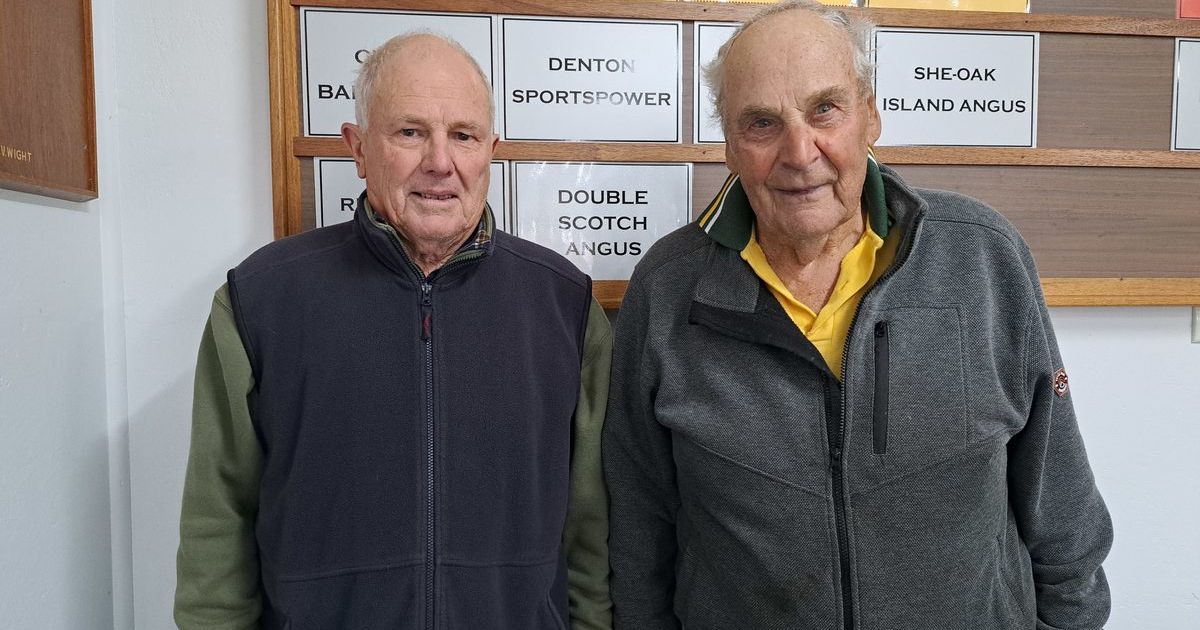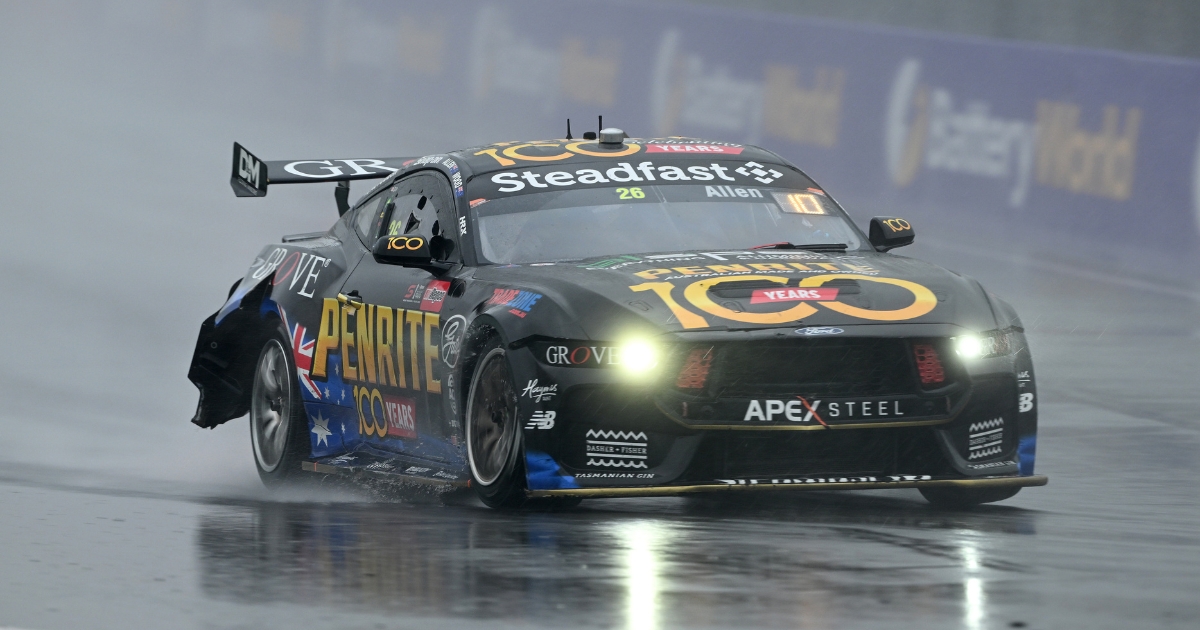Hard work starts now
New look football & netball structure announced
“The hard work starts now.” That is the assessment of SANFL Head of Country Football Shawn Ford (pictured) in the turbulent wake of the announcement of the new look structure for football and netball in the Limestone Coast in 2024.
The South East Football and Netball Working Group and three sub committees now have the unenviable task of putting the meat on the bones and start building the detail around the two league structure unveiled last week.
“There is an enormous amount of work to be done,” Ford said. “We wanted to get the model out there and allow people to start getting their head around it. Now we can start having the conversations about what does this look like.”The South East Football and Netball Working Group has been discussing and debating the future of the sports in this region since November last year and bit the bullet last week to settle on a new framework for the sport that sees Casterton Sandford and East Gambier join the current Mid South East clubs and North Gambier, Millicent, West Gambier and South Gambier join the current Kowree Naracoorte Tatiara Football League.
Given the tribal nature of community sport, the reaction was swift and passionate but for both the SANFL and the working party not unexpected.
“We know we were never going to keep everyone happy unfortunately,” Ford said. “But we were committed to putting something out there, something that has been very seriously and carefully considered and we want everyone to remember we will now start building the detail around that.
“We were between a rock and a hard place. We could have waited three months and put all the detail out at once but people were also asking for information. There is a hell of a lot of work to be done now and we want to be including as many people as possible in the conversations around that detail. That is where the sub committees, which represent the three current leagues, the current clubs and juniors, will now be so critical to decision making ongoing. Ford complimented the working party, which iss made up of all local representatives that are well-respected, connected people in country football, for the work it has done thus far in difficult circumstances. “It has been such a difficult job,” Ford said. “They are dealing with three different leagues and knowing everyone is never going to see eye to eye. They have been working to balance the data, balance the football. These people are involved at club level every single weekend locally. They want what is in the best interests in sport in the entire region. “This has been an emotional decision for everyone and we understand that.” Ford said that after reviewing several structure alternatives, the Working Group agreed that a two-competition model would achieve the best possible balance in competition size, evenness, proximity for participants, junior participation and pathways.
He said an important aspect in developing the new structure would be to find ways to introduce a more flexible junior structure which prioritises participation, creates inclusive environments, establishes stronger pathways through to senior club level and importantly ensures future sustainability in the region. “Ultimately, there was a need to provide a structure which would ensure stability and sustainability for clubs in the longer-term, as well as to complement an overall regional footy strategy,” Ford said. The development of the longerterm South East football strategy will also continue as the working group and sub committees focus on adding critical detail to the recently released new two competition structure.



















